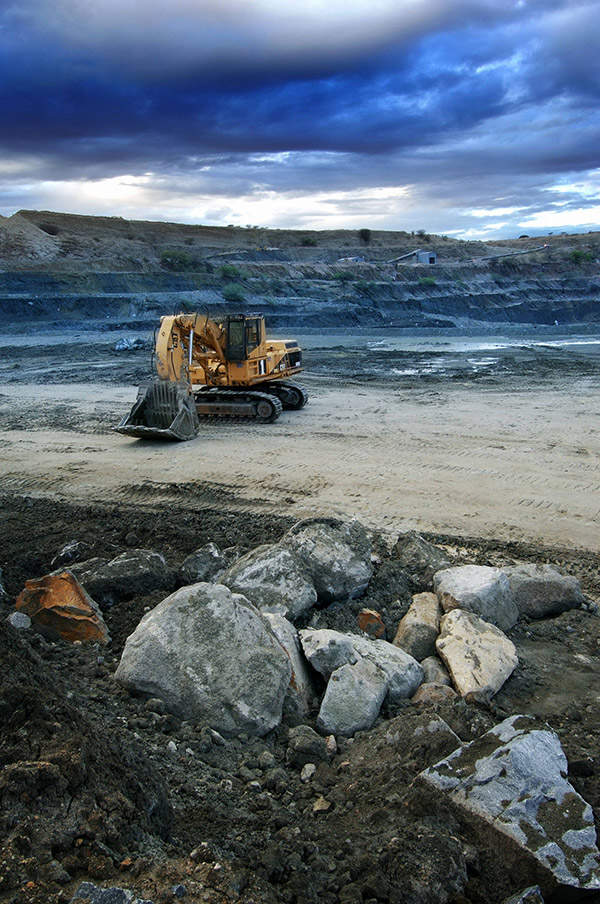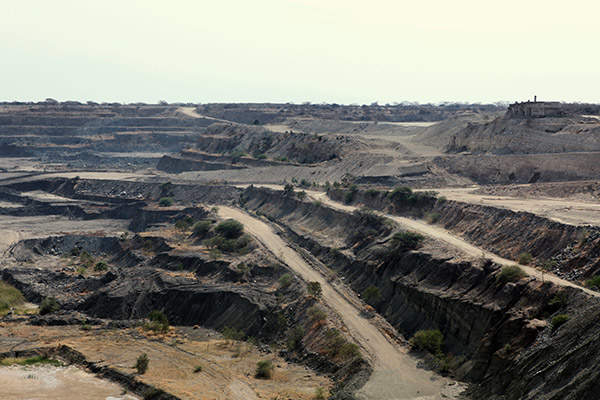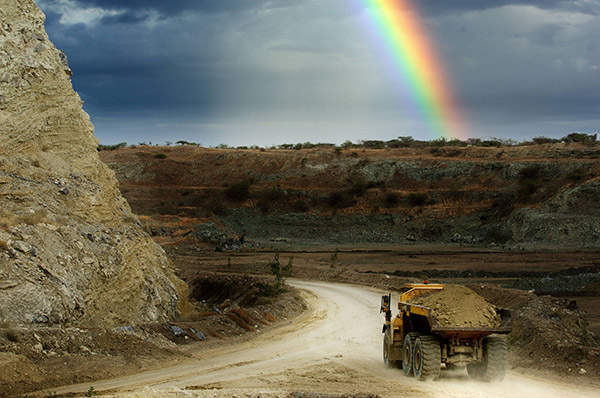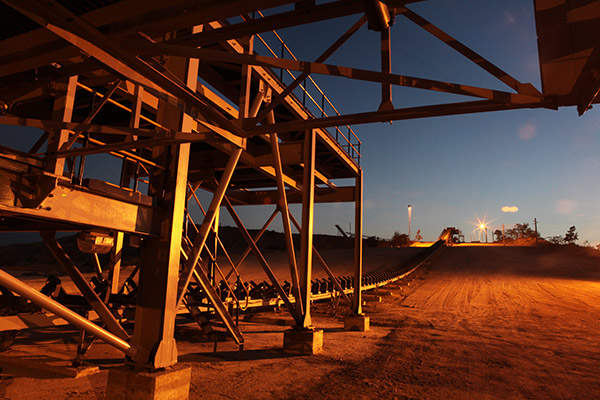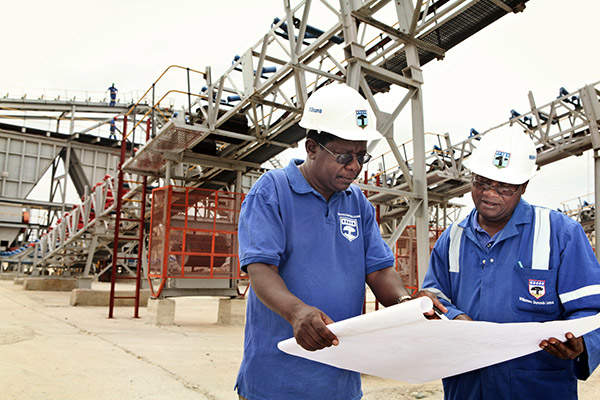
The Williamson Diamond Mine, located 160km south of Mwanza town in the Shinyanga Province of Tanzania, is one of seven mines operated by Petra Diamonds. The mine is 75% owned by Petra Diamonds and 25% by the Government of Tanzania.
Williamson is an open pit mine spread over a surface area of 146 hectares. The mine has been operational for 70 years. It still possesses significant diamond resources yet to be mined.
The current mine plan for Williamson is for 18 years. The potential life of the mine is more than 50 years.
History of the Williamson diamond mine
The mine is named after Dr John Williamson, a Canadian geologist who discovered it in 1940 as an economically exploitable primary diamond deposit. Dr Williamson managed the mine until his death in 1958.
In 1958, De Beers and the colonial Government of Tanganyika bought the mine in equal partnership and the mine was operated by De Beers until 1973. STAMICO (the Tanzanian State Mining Organisation) then operated the mine for 19 years.
In 1993 De Beers once again became the operator of the mine with 75% ownership.
In November 2008 De Beers decided to sell its interest in the mine to Petra Diamonds. The acquisition of Williamson by Petra Diamonds was completed in February 2009.
Diamond reserves at the Williamson mine
The gross diamond resources (inclusive of reserves) at Williamson were estimated to be 39.58 million carats (mcts) as of July 2012. The net attributable diamond resources (inclusive of reserves) were estimated to be 29.68mcts (3.67mcts indicated and 26.01mcts inferred).
Williamson mine geology
Williamson Mine is located on Mwadui kimberlitic pipe, which is considered to be the second largest diamond bearing volcanic pipe in the world after Camafuca in Angola.
Related project
Cullinan Diamond Mine, South Africa
Cullinan diamond mine is located in the Gauteng Province of South Africa.
Diamonds come to the upper mantle of the Earth by high temperature magma through volcanic eruptions, and then cool into igneous rocks known as kimberlites.
Diamonds also move out from the kimberlites through natural erosions and accumulate in the form of gravels on the Earth’s surface, which is called alluvial diamonds deposit.
The Williamson mine extracts diamond resources from the kimberlite pipe deposit with a maximum operating depth of 90m below surface. A recent study has indicated the presence of diamond resources at up to 350m depth, which is yet to be confirmed.
The mine also extracts the nearby alluvial deposits.
Mining and processing at Williamson
The open pit mining method is employed at the Williamson diamond mining project. The weathered ore in the mine area is extracted with the use of large hydraulic shovels and ore trucks. The ore materials present in the hard area are obtained through drilling and blasting with explosives.
Related project
Buzwagi Gold Mine, Shinyanga, Tanzania
Buzwagi Gold Mine is situated 6km south-east of the district of Kahama in the Shinyanga region, Tanzania.
The ore excavated from the mine is sent to the crusher located within the pit. The crushed ore is then transported by a covered conveyor to the processing plant situated within Williamson’s Special Mining Lease (SML) area.
The ore undergoes a series of processing involving screens, jigs, scrubbers and a gravity pan by which the diamond containing gravity concentrate is obtained.
Diamonds from the concentrate are then extracted with the use of X-ray machines and grease table before hand sorting. The dry remnants of the concentrate material are then stored in tailings dumps, which are later processed in Williamson’s tailing retreatment plant.
Diamonds procured from these processes are then sent for cutting and polishing.
Production at Williamson
Williamson’s production during 2012 was halted temporarily to carry out development activities at the mine and the processing plant.
Williamson treated approximately 1.1 million tons of ore in 2012 and produced 57,050ct of diamond at an average grade of 5.2ct per hundred tons (cpht). Diamond production in 2012 increased by 93% compared to that of 2011.
The run of mine (ROM) diamond production at Williamson in 2012 was 42,855ct whereas the alluvial production was 14,195ct. The ROM production is expected to reach 2.5mt by 2013 and 3.6mt by 2016.
Williamson mine expansion
A major expansion plan has been underway since 2010 to extend Williamson mine’s life by increasing its mining depth to about 260m with the eventual target of producing 600,000ct of diamond per year.
In September 2010, World Bank’s International Finance Corporation (IFC) granted a loan of $40m to Petra Diamonds for the expansion of Williamson mine.
The first phase of the development programme, which included pit reshaping, plant rebuilding and other production improvement measures, has been completed.
Phase 2 of the expansion programme, which aims to take the mine’s operation beyond 3.6mt per annum, is currently being evaluated.

